Fashionopolis Book Review- Dana Thomas’ toolbox for mindful consumers
ONCE YOU’VE READ THIS BOOK YOU MIGHT ASK YOURSELF, AM I DRESSING WITH INTENTION? IF NOT, LET’S TRY NOW! FOR DANA THOMAS, WHILE THE ART OF DRESSING MAY BE CASUAL, EVEN WHEN WE ARE WEARING A CASUAL OUTFIT WE SHOULD BE INTENTIONAL ABOUT IT, AND ACT WITH CONFIDENCE, EFFICIENCY AND KNOWLEDGE. SHE SHOWS US THE POWER THAT WE HAVE AS CONSUMERS WITH EVERY PURCHASE. HER WRITING HAS A RELATABLE APPEAL THAT SAYS NO-ONE IS PERFECT BUT THAT THERE’S ALWAYS THE CHANCE TO MAKE A FRESH START.
words by HOLLY KELSEY
photographs by ANDREW DAY
Thomas describes her own experiences, admitting that she wrote the introduction while wearing a dress made in Bangladesh that she bought via Facebook. She hadn’t thought much about where it came from, why it was so cheap and if she actually needs it. She never criticizes, she simply points out what we all do (herself included!). She gives us easy suggestions on how to improve our actions and highlights the many benefits of consuming in a more sustainable way. And that’s the main focus of the book.
A fashion and culture journalist based in Paris, Thomas started out as a fashion model aged only 14, but by 21 she has had enough: “I was fed up, I did not want to be a model anymore, I knew I wanted to be a journalist”, she says during an interview with Fashionista. She went on to train as a journalist, subsequently working at the Washington Post, New York Times, Newsweek and British Vogue. As an insider of the fashion industry, she is uniquely placed to write about it from a business perspective and has written a number of hard-hitting books on the subject.
A love letter to slow fashion
The first part of this book traces the roots of the fashion industry and shows that cynicism and a lack of integrity are endemic in the current setup. One example is how the original ideas of designers are literally stolen from them as soon as they hit the runway, only to appear days later as cheap knock-offs from fast fashion brands. After attending Mary Katrantzou’s fashion show Thomas recalls: “A top online retail executive mused: ‘I bet Topshop is already working on that butterfly print’.”
But for the most part, Thomas focuses emphatically on the positive. She interviews professionals from all over the world, from the US, to Japan, to Spain – designers, artisan weavers and dyers, chemists, engineers, technologists – all of whom have an amazing ability to think outside the box. And she takes a very personal approach – describing the individuals who are helping with the difficult task of moving the juggernaut of fashion in a different direction. So we meet fashion designer Natalie Chanin: “English-fair, with a plane of ash-white hair, happy hazel eyes crowned by crow-black brows and a voice like Tupelo honey”. Chanin’s business, based in Alabama where she grew up, reads like a love letter to slow fashion, championing local production, craftsmanship and local people. Thomas’s perspective is thought-provoking. The reason that buying slow fashion is so important is that, in doing so, we are buying something thoughtfully made, meticulously designed, created and crafted. Our purchases acknowledge all the hard work, originality, imagination and creativity of the individual behind them!
She explores the rental market and shopping secondhand, always through the lens of the importance of consuming fashion mindfully. She’s an avid fan of rental, trying various Parisian platforms and is overjoyed to find that “Oui, monsieurs et mesdames, it is as chic as you’d imagine. The clothes are le top. They have panache. They have that je ne sais quoi.” She used the service for a sustainability conference and to her delight, “I lapped up compliments. When I responded I’d rented, I got more kudos. How chic! How cool!”
beacons of hope
Thomas goes on to highlight beacons of hope for new methods and technologies within the industry, meeting an array of professionals to learn about innovative strategies for production. The tradition of producing an item from start to finish in one place, seemingly long gone, is enjoying a remarkable renaissance, thanks to a few rebellious professionals who appreciate its benefits and are bringing it back. She makes the point that keeping production and manufacturing close to home enables you to keep on eye on things, which is great if you’re starting a business - a view borne out by an initiative by ex-Theory CEO Andrew Rosen to make Brooklyn the new state-of-the-art garment manufacturing hub in New York.
Inspirations for change
But reshoring – a movement bringing back traditional manufacturing - is a much used word throughout the book. It is the act of bringing back production that was moved overseas back to the country it originally came from. It’s becoming increasingly popular in the fashion industry to move manufacturing back to the brand’s home country - something that can improve the economy, provide new jobs all whilst having control of how the clothes are made and making sure it has a positive impact on people and the planet. Interestingly, she also points out contrasting approaches that have worked well. Some brands have factories geographically close to keep control of working conditions and regulate their environmental impact, while others, like Stella McCartney, choose sustainable production around the world. Both models, while strategically different, succeed and are much better than those of fast fashion brands that produce in developing countries such as Bangladesh, China or Vietnam under poor conditions.
Throughout, she gives us numerous examples of businesses with a ‘can-do’ attitude who offer a contagious spirit of hope - if one company will do it, more will join. It’s this enthusiasm that can easily inspire a company or individual to really make the change and find a better way to work all along the supply chain.
In short, there hasn’t been a better time than now to want and create a better future. Thomas just sets the stepping stones on the path to being more consciously considerate. She doesn’t yell, criticize, whine about or punish the fashion industry and its consumers. She is merely looking for pinpoints of light to move forward. She celebrates the trailblazers, visionaries, pioneers and underdogs who will inspire us to make a difference. In a nutshell, this book gives you a brilliant toolbox on how to dress with intention!


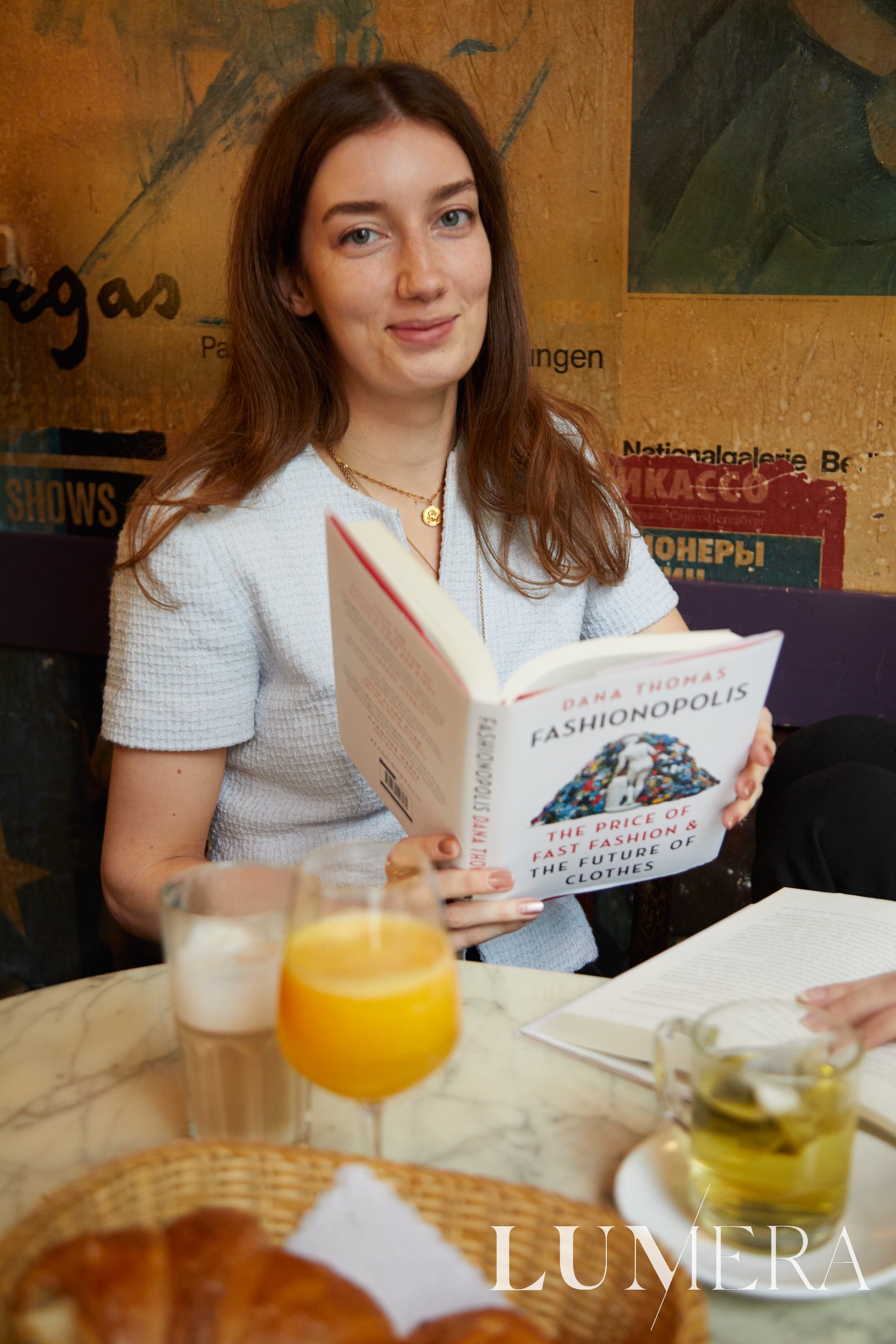
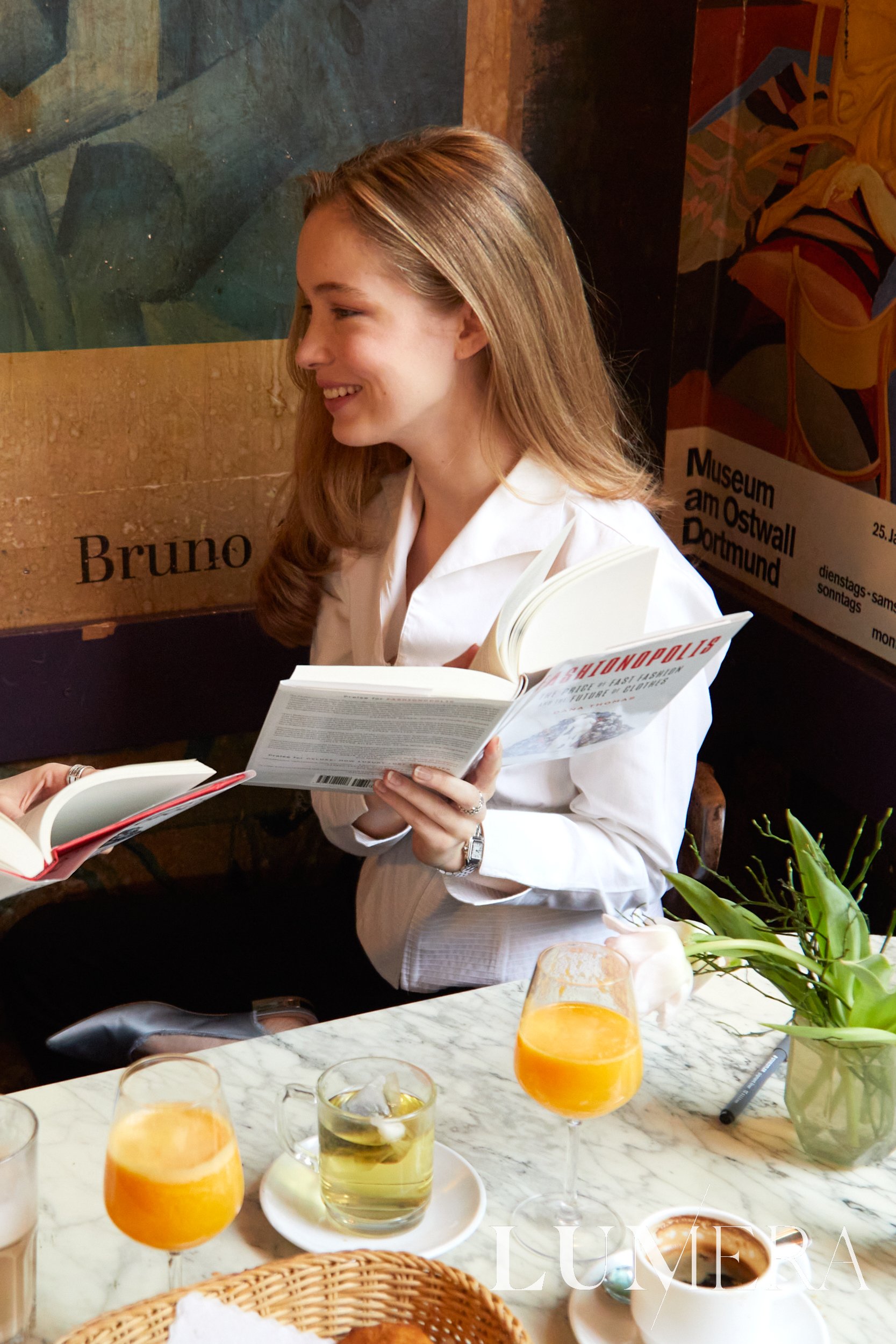

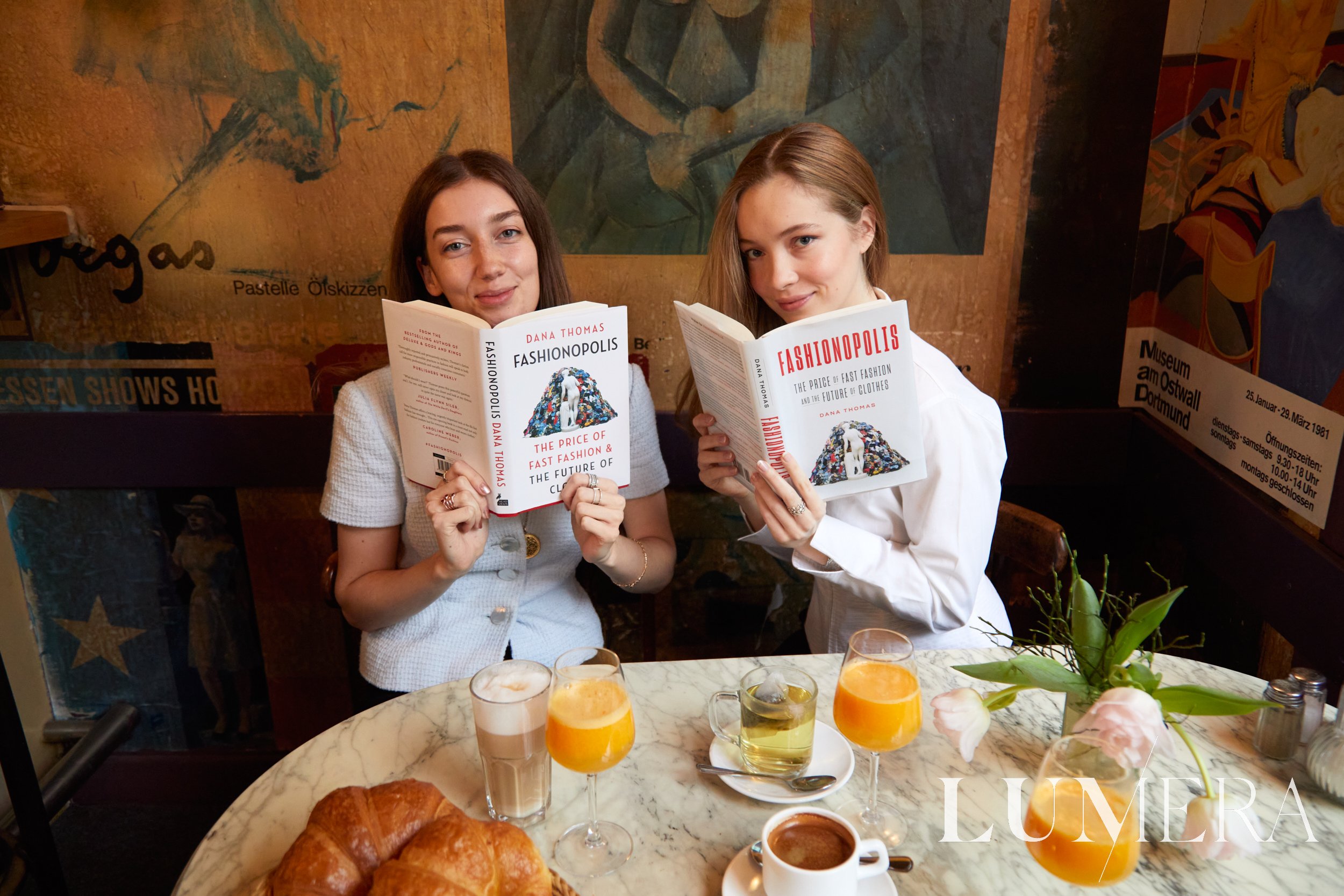

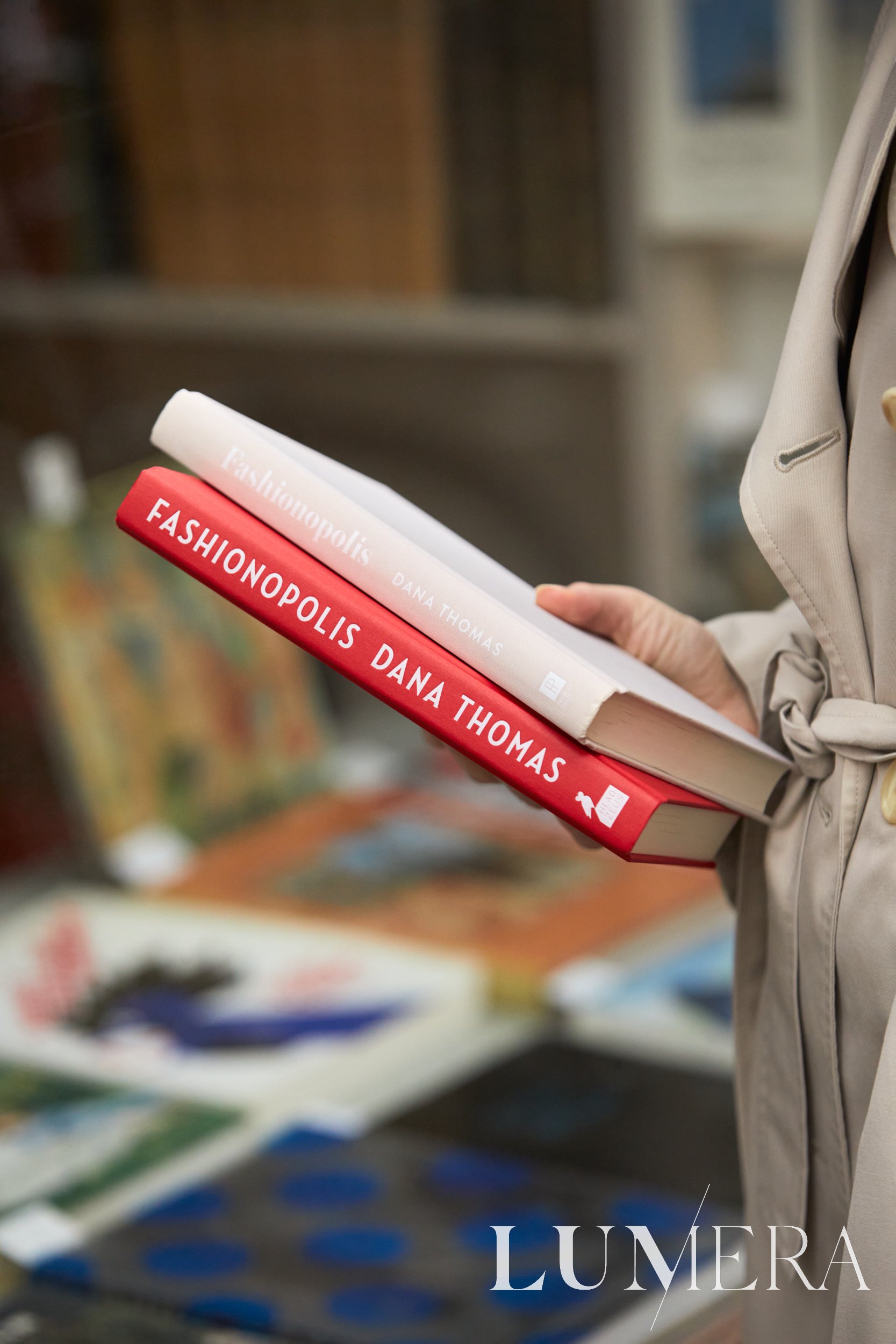
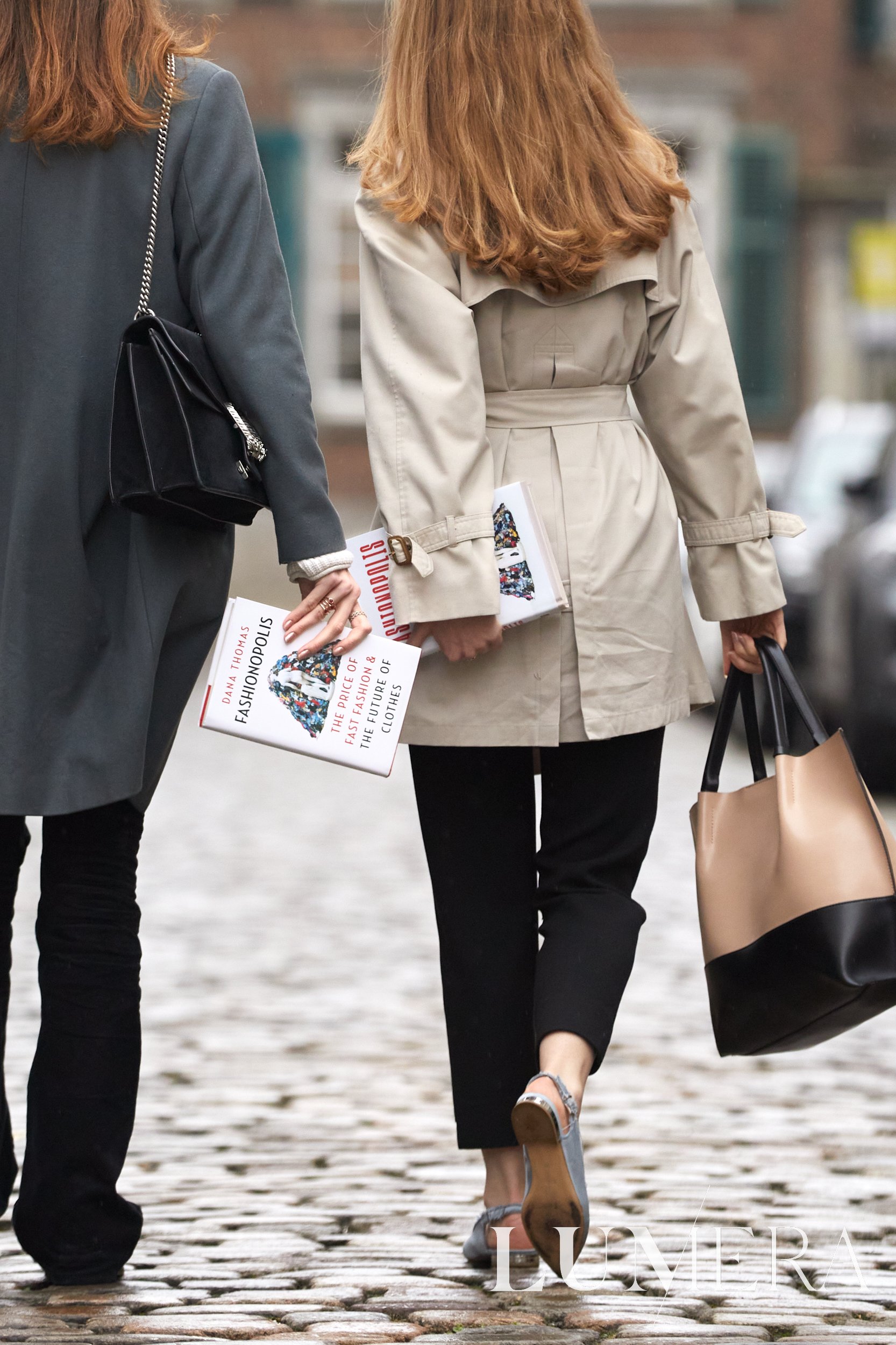



What do you wear for Sunday brunch? Or a relaxed Sunday at home? Daphne de Baat styles six sustainable outfits for Sunday occasions in New York City.